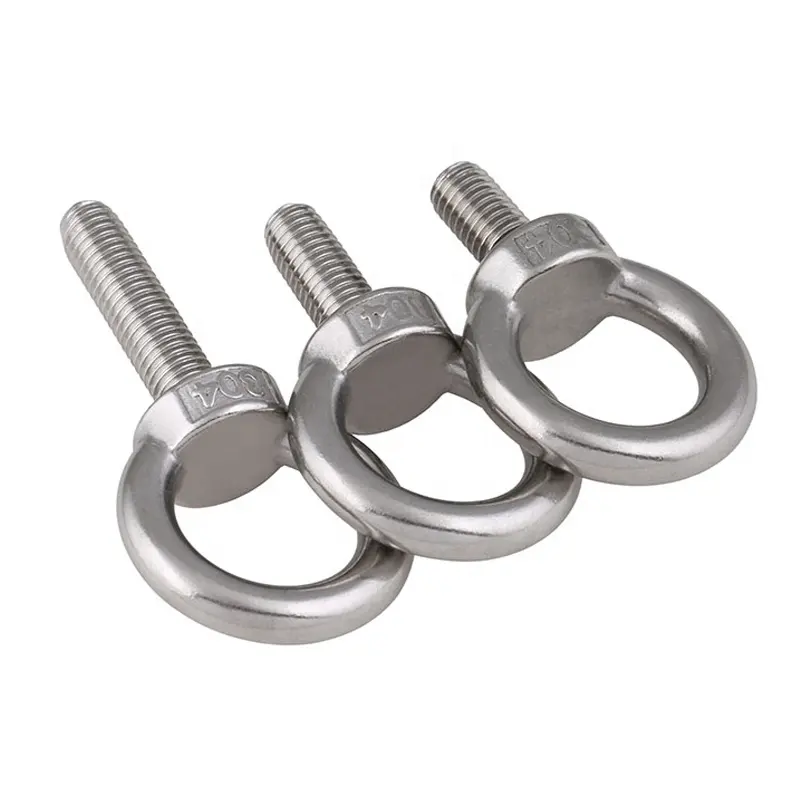News
11月 . 29, 2024 18:06 Back to list
Best Practices for Using Supplier Shackles and Proper Rigging Techniques
Proper Rigging Techniques with Supplier Shackles
In the realm of lifting and rigging, the importance of using the correct tools and techniques cannot be overstated. One essential component in any rigging operation is the shackle. These simple yet critical devices carry significant weight in ensuring safety and efficiency during lifting tasks. This article will delve into the proper rigging techniques involving supplier shackles, highlighting best practices to ensure safety and effectiveness in the field.
Understanding Supplier Shackles
Supplier shackles come in various shapes and sizes, with the bow shackle and the D-shackle being the most common. Bow shackles are designed for multi-directional loads, while D-shackles are typically better for linear loads. Each type has its specific applications, and selecting the appropriate shackle is crucial for the success of the rigging operation.
Selecting the Right Shackle
The first step in effective rigging with shackles is choosing the right type and size for the task at hand. Select a shackle that is rated for the load it will carry, taking into account safety factors. Load ratings can be found on the shackle itself as well as in the manufacturer's specifications. It's essential to double-check the working load limit (WLL), and never exceed it; doing so can lead to equipment failure and pose serious safety risks.
Moreover, consider the environment where the shackle will be used. If the rigging will take place in conditions exposed to corrosive substances or extreme temperatures, opt for shackles made from weather-resistant materials, such as stainless steel. This ensures the durability and reliability of the shackles in challenging conditions.
Proper Rigging Techniques
supplier shackle proper rigging techniques

1. Inspection Before Use Before using any shackle, conduct a thorough inspection. Look for signs of wear, deformation, cracks, or rust. A compromised shackle can fail instantly under load, leading to severe accidents. It is advisable to maintain a regular inspection schedule for all rigging equipment.
2. Correct Attachment Properly attaching the shackle is vital. Ensure that the pin is tightened correctly and that the shackle is threaded onto the lift point without any obstructions. The pin should be facing away from the load to prevent accidental disengagement. For enhanced safety, consider using safety latches or locking mechanisms to secure the pin further.
3. Avoid Twisting and Binding During lifting operations, it is vital to avoid twisting the shackle as this can lead to uneven load distribution and potential failure. Ensure that all connections are aligned correctly and that the load is balanced. When multiple shackles are involved, distribute the load evenly among them to avoid overloading any single shackle.
4. Using the Appropriate Sling Employ slings that are compatible with the shackles being used. The sling’s design, material, and configuration should suit the load and the rigging technique. Whether you're using wire rope slings, chain slings, or synthetic slings, always ensure they are in good condition, and that their load capacities match or exceed the load being lifted.
5. Understanding Load Dynamics Always be aware of the load dynamics when lifting with shackles. Factors like shock loading or dynamic loading can significantly affect the load and may exceed the rated capacity of the shackle. Employ smooth, steady lifting techniques to minimize these dynamic forces.
6. Education and Training Perhaps the most critical aspect of using supplier shackles in rigging is ensuring that all personnel involved in the operation are adequately trained. Comprehensive training on rigging techniques, equipment inspection, and safety protocols can dramatically reduce the risk of accidents.
Conclusion
Using supplier shackles effectively is integral to any successful rigging operation. Understanding the selection, inspection, attachment methods, and the overall dynamics of the load are vital to ensuring safety and productivity. By adhering to these proper rigging techniques, operators can create a safer work environment, reduce the risk of accidents, and improve the efficacy of lifting operations. Safety should always be the priority, and employing best practices in rigging with shackles is essential for achieving that goal.
